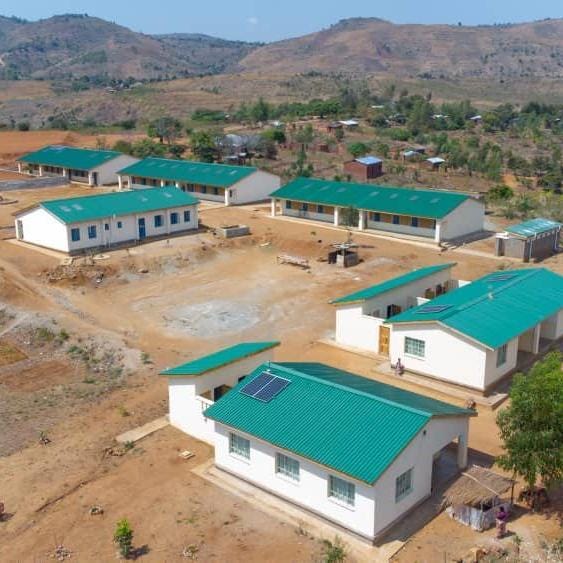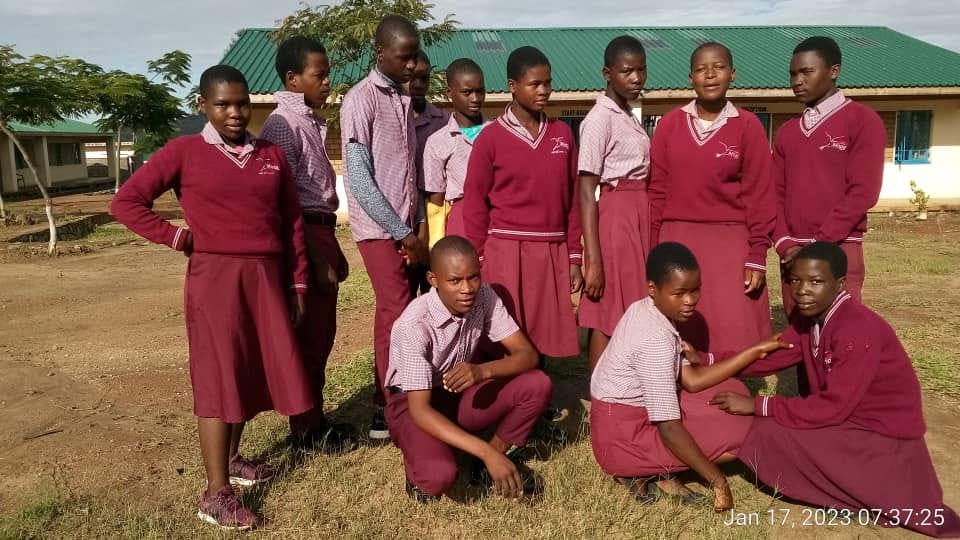Hope CDSS: A beacon of hope for remote communities in Malawi, providing access to education and addressing mobility challenges
Malawi: In the southern part of Malawi, in an area known as Mabala, communities have all reasons to be happy as a new community day secondary school named Hope has been built to solve some of the mobility challenges that learners were facing, writes Thokozani Beaton.
For decades, students living in the hilly, remote area of Mabala and other villages in Traditional Authority Somba in Blantyre had limited access to education.
Sellinia Mwembere, a woman from Mabala village, recounted her struggles as a student, "I was setting off to school at around 5 a.m. I was sometimes late for school, and I was also exhausted. On some occasions I was even sent back for reporting late," she said, adding that some of her fellow students in the same predicament withdrew and some got married.
The chairperson for the Village Development Committee (VDC) in Mabala, Fredson Dama, said that when a team from 'Hope for Malawi', a UK-based donor group, pledged to support the construction of the secondary school in the area, the community members received the development with open arms.
They quickly mobilized themselves by providing building materials, sand, and water supplies, as their sole contribution to the project.
"The donors estimated that the construction works of the school project would take one and a half years to complete. To their surprise, within 9 months, the project was completed," said Dama, adding that the concerted efforts put forth by community members made the project move quickly toward completion.
The school was opened in 2021, with officials from the Ministry of Education present, and an official handover ceremony was held by the Malawi government.
To ensure that learners were attending and participating in lessons, the school also introduced a feeding program, similar to one carried out in primary schools across the country.
"As a way of ensuring students are coming to school and attending lessons, the fact that most communities here are poor, our students also come from poor backgrounds, some walk long distances, and our friends from the UK thought it wise to introduce this feeding program to address class attendance and full participation in lessons," says Douglas Jamu, Deputy Head Teacher at Hope CDSS.
Hope CDSS also offers bursaries to students, including for school uniforms, learning and writing materials, and school fee bursaries paid for by donors.
The school also has a computer laboratory, a science lab, and a library, all supported by donors.
Steven James, a 16-year-old Form 1 student from Talemba village, praised the studies at Hope CDSS, noting the good learning facilities such as the science laboratory, computer laboratory, and library.
However, he also mentioned the lack of school fees as a problem.
"Studies are going well. The school is nice compared to others, but sometimes we lack school fees," he said.
Another student, Felista Feston, a 16-year-old girl in Form 2, also highlighted the school's initiative of providing learners with a meal, specifically porridge at lunch, as helpful in allowing her to pay attention in class.
"Most of the time, I go to school without eating, so this program helps me a lot," she said.
However, she also echoed Steven's concern about school fees as the main challenge she faces.
A 2019 Malawi Education Sector Analysis report found that the dropout rate in secondary education had been on the rise and was at 10.9% in 2018, with more girls dropping out compared to boys, 13.4% girls and 8.5% boys.
The report found that fees were a major reason for the dropout rate for boys and girls at the secondary school level.




